Table of Contents
The hidden messages of the Alhambra
Have you heard of the hidden messages of the Alhambra?
The magnificent Red Fortress whispers its fascinating history in many languages.
Like geometry, testimony to the mathematical expression of beauty in medieval Islam, and the language of the master builders and tracists.
But the real heartbeat of its soul is in the poems engraved on the walls, forming a marvellous open book, it’s bewitching Epigrafy.
Granted, these inscriptions were more than mere ornamentation, in fact, they were a form of propaganda, stressing the very identity of the Nasrid Kingdom by reciting stories of its conquests and exploits.
Indeed, the most common engraving is the Nasrid motto:
‘Wa-la galib illa Allah’ ‘There is no greater conqueror than Allah’.
A reminder of divine power.
Historically, propaganda has always served as a mighty power weapon, and the Nasrid dynasty made full use of it.
Covering walls, columns, arches, fountains and ceilings of the Alhambra with eloquent messages.
Hence there are frequent references praising Allah,like “Thanks be to Allah” or “Glory to Allah”.
More rarely, you can find scribbles that speak of happiness and glory as blessings and words of support for the monarchs.
In 1492, the Christian conquest of Granada marked the end of Moorish rule in Spain and attracted the curious to the Alhambra.
Since then, the quest to unscramble these inscriptions has been relentless.
In 1564, the local physician Alonso del Castillo made the first attempts.
While many of the poems were translated, the smaller epigraphs remained a mystery, the hidden messages of the Alhambra were far from being completely solved.
Leaving a fascinating misterious chapter in the history of the Nasrid kingdom.
The hidden messages of Alhambra, unveiling the mystery
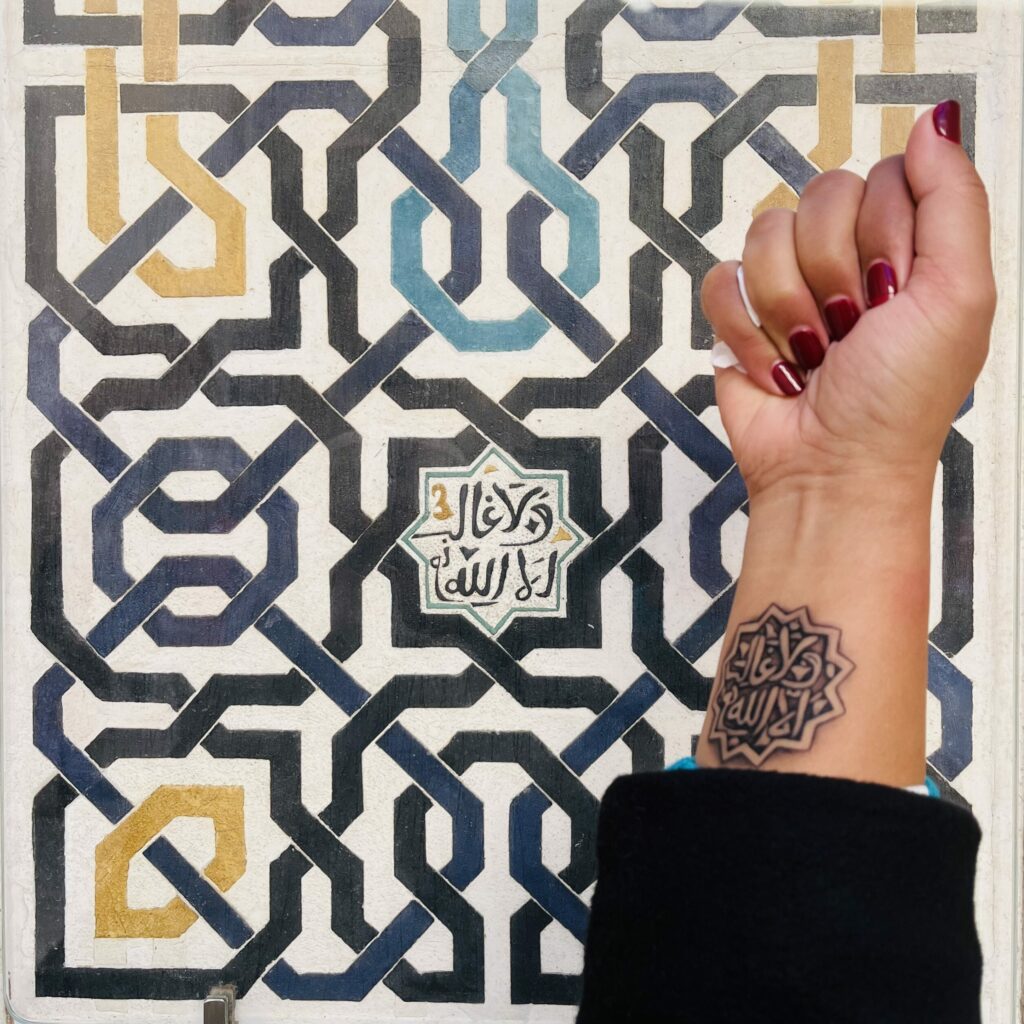
The hidden messages of the Alhambra caught the attention of experts to this day.
And, thanks to their detailed work, we now know that most of the 10,000 inscriptions are not simply snatches of poetry or Koranic verses.
Keep in mind that the inscriptions in the Alhambra are written in classical Arabic, difficult to understand for those only familiar with modern Arabic.
The Arabic script offers a rich diversity of forms. However, if we focus on the Alhambra, we find three main types: kufi or ‘kufic’ and naskhi or ‘cursive’, and the mix of both of them.
The Kufiyya or ‘Kufic’ owes its name to the place where it was born: the city of Kufa where people used this form of writing to write the texts of the Koran.
Since elegant calligraphic copies were used to spread the word of Allah among the Muslim, It began to be regarded as sacred from that time onwards.
In Granada, the Nasrid craftsmen reached such a degree of creative maturity that they took the so-called geometric kufic to an unimaginable limit.
The second of these, known as Naskhi or ‘copyist’s script’, came to replace the earlier one after centuries of Arab-Islamic expansion.
Its rounded, looser strokes correspond to a calligraphy that resembles the handwritten script.
It was also in the Nasrid palaces that naskhi achieved its highest level of development.
We can find inscriptions in cellars, under stairs, actually, it is hard to find an inch that is free from inscription in the Alhambra.
Each sultan wished to leave their mark, providing each room, according to its purpose, with an appropriate inscription
Making sure to leave their own legacy also reflected in the hidden messages in the Alhambra Palace.
The hidden messages of Alhambra, where every room has something to say
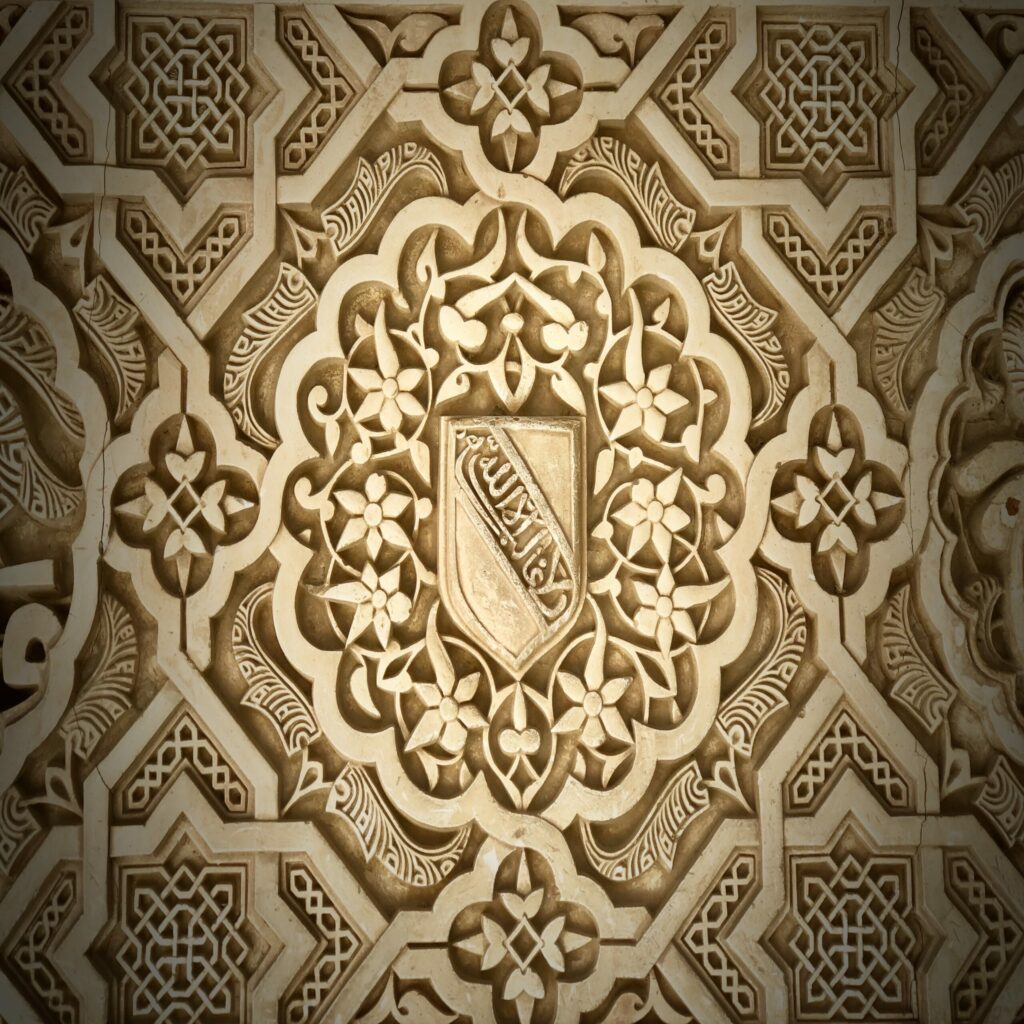
An architecture full of spiritualism and temporalism.
Alhambra is the reflection of the highlight of the Nasrid architecture, a bridge between West and East.
Using the power of the words to leave their marks for the future generation.
Can we consider it as a bridge between cultures?
Palaces for meditating.
Likely, there is no other place in the world where contemplating walls, arches, columns, and fountains is like flipping through the pages of a book of poems.
A combination of poetic composition and epigraphy, a unique blend of islamic art and science, where every corner of its architecture whispers its own hidden messages of the Alhambra.
Let’s discover some of them:
Patio de los Leones (Patio of the Lions)
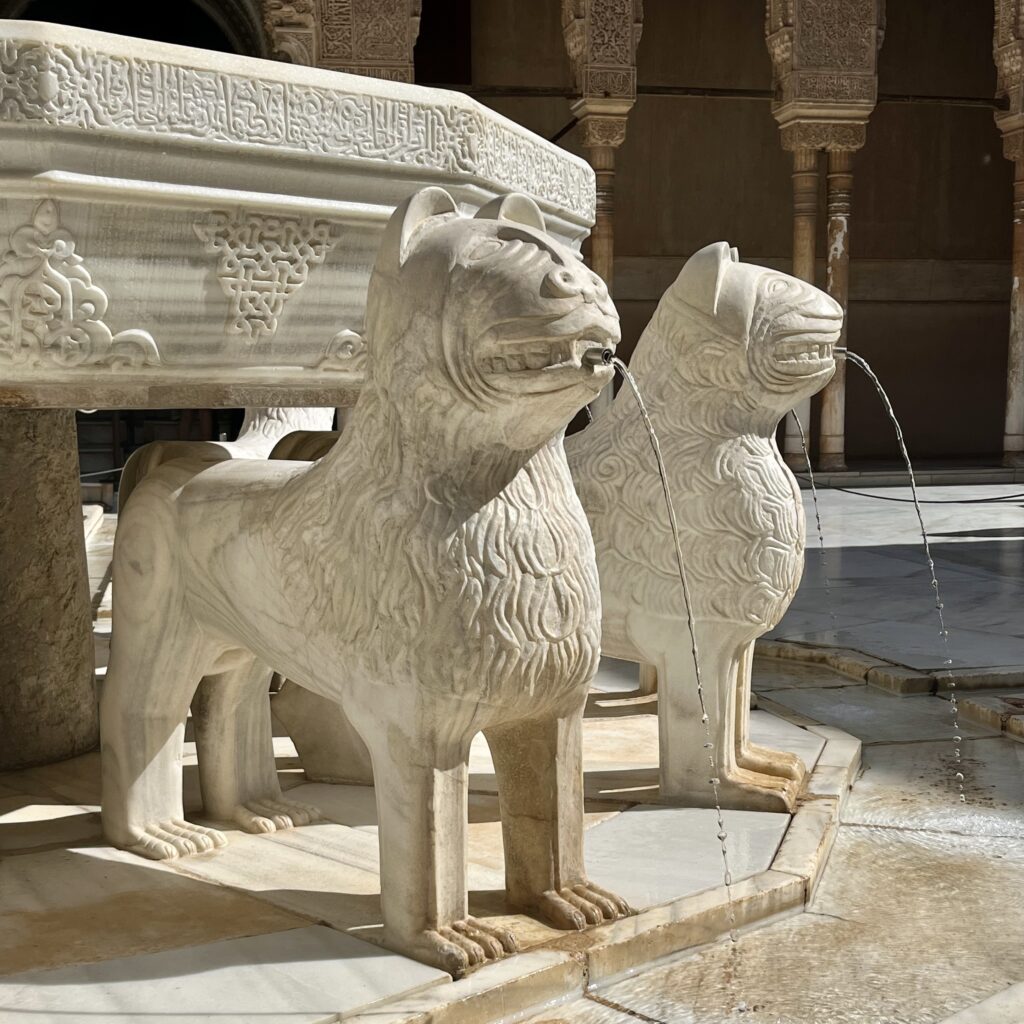
Oh you who see the lions crouching,
For the respect they have for you keeps them from attacking!
The Palace of the Lions in the Alhambra represents the pinnacle of its architecture and is a symbol of its decorative richness and hydraulic significance.
During his second term between 1362 and 1391, Muhammad V inspired the construction of this beautiful palace, marking the zenith of the Nasrid Sultanate.
The structure of the Palace of the Lions follows the traditional layout of Spanish-Muslim homes, with a central courtyard around which rooms are distributed.
This courtyard features an impressive central clam-shaped fountain with 12 lions.
In the basin of the Fountain of the Lions, carved in white marble, we can find the epigraphs of verses from the Koran and poems highlighting the beauty, harmony and importance of water in Islamic culture.
Hall of the Kings (Sala de los Reyes)
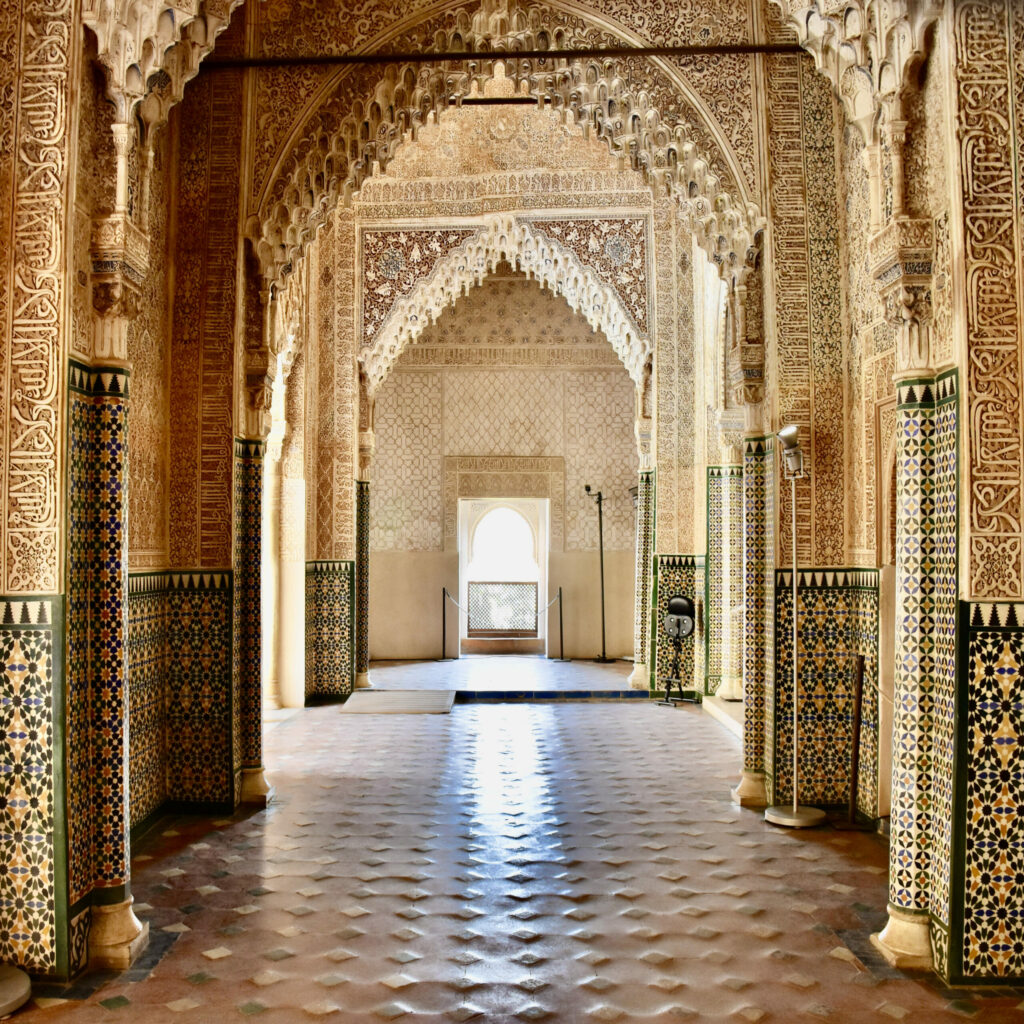
“Eternal sovereignty and everlasting glory be to its owner”
The Hall of the Kings gets its name precisely from the ten enigmatic figures that appear on the vault of the central alcove, considered to represent the most prominent sultans of the Nasrid dynasty
Here are inscriptions praising the rulers of the time, expressing wishes of blessing and glory for them.
The epigraphies highlight the authority and power of the monarchy.
Hall of Ambassadors (Sala de Embajadores)
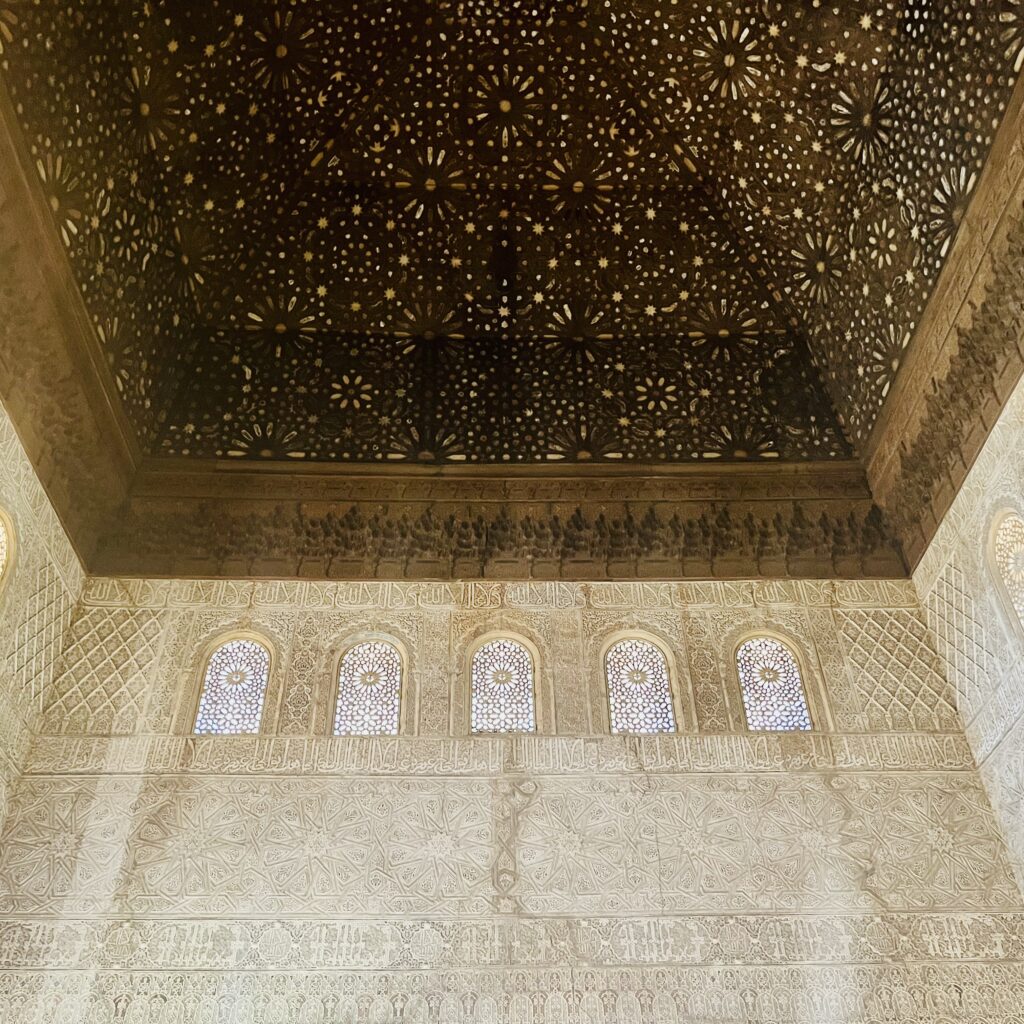
“My lord Yusuf, the sustained (by God), clothed me
With robes of dignity and undoubted distinction,
And made me the throne of the kingdom (corny mule),
His greatness is sustained by the Light, the Seat and the Throne.”
This is the most majestic room of the palace, where the throne was located and official receptions were held.
Surrounded by a base of glazed pieces that combine geometric and vegetal elements with great harmony, topped by a cornice adorned with painted muqarnas.
The ceiling of the Hall of Ambassadors represents the Seven Heavens of the Islamic Paradise, with the throne of God located in the center.
The dome is a masterpiece of carpentry, composed of panels of cedar wood covered with latticework, with a large cube of muqarnas in the center, adorned with a multitude of stars, painted in such a way that they resemble mother-of-pearl, silver, and ivory.
In this room, inscriptions can be found that refer to the conquests and greatness of the Nasrid empire and Divine power.
As we delve deeper into the meaning of visiting the Alhambra, we discover how this extraordinary place becomes a gateway to a profound understanding of Islamic art.
Offering us an insight into its historical context, its symbolism and its enduring legacy.
The hidden messages of Alhambra palace, celebrating Islamic art
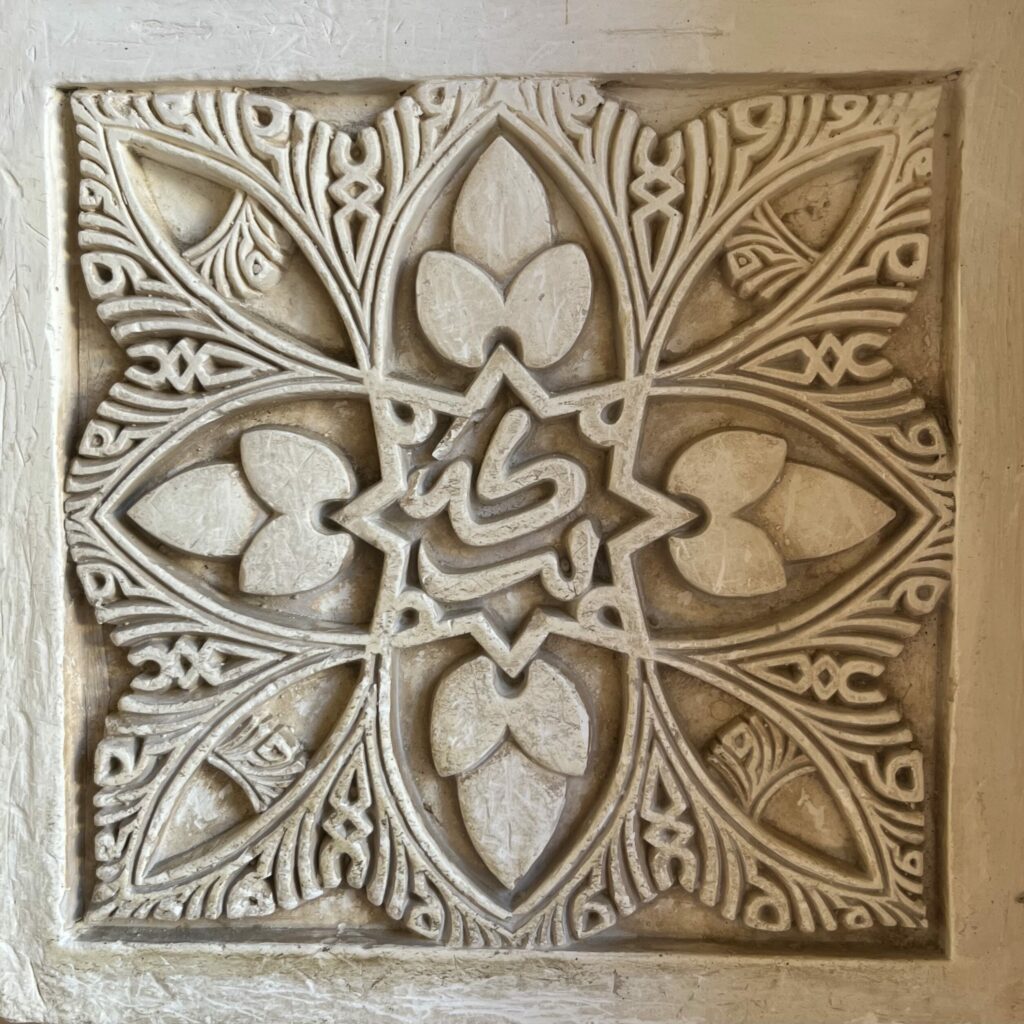
The rich heritage of Islamic art which includes architecture, calligraphy, ceramics, textiles, and more, has evolved over the centuries in various regions of the world influenced by Islamic culture.
Visiting the Alhambra is a unique opportunity to explore and learn about the diversity and beauty of Islamic art and immerse yourself in the rich history and culture of the Nasrid dynasty through its epigraphs.
Contact me and together we will explore its impressive poetic compositions and intricate epigraphy, embarking on a fascinating journey through time and the beauty to uncover the hidden messages of the Alhambra.
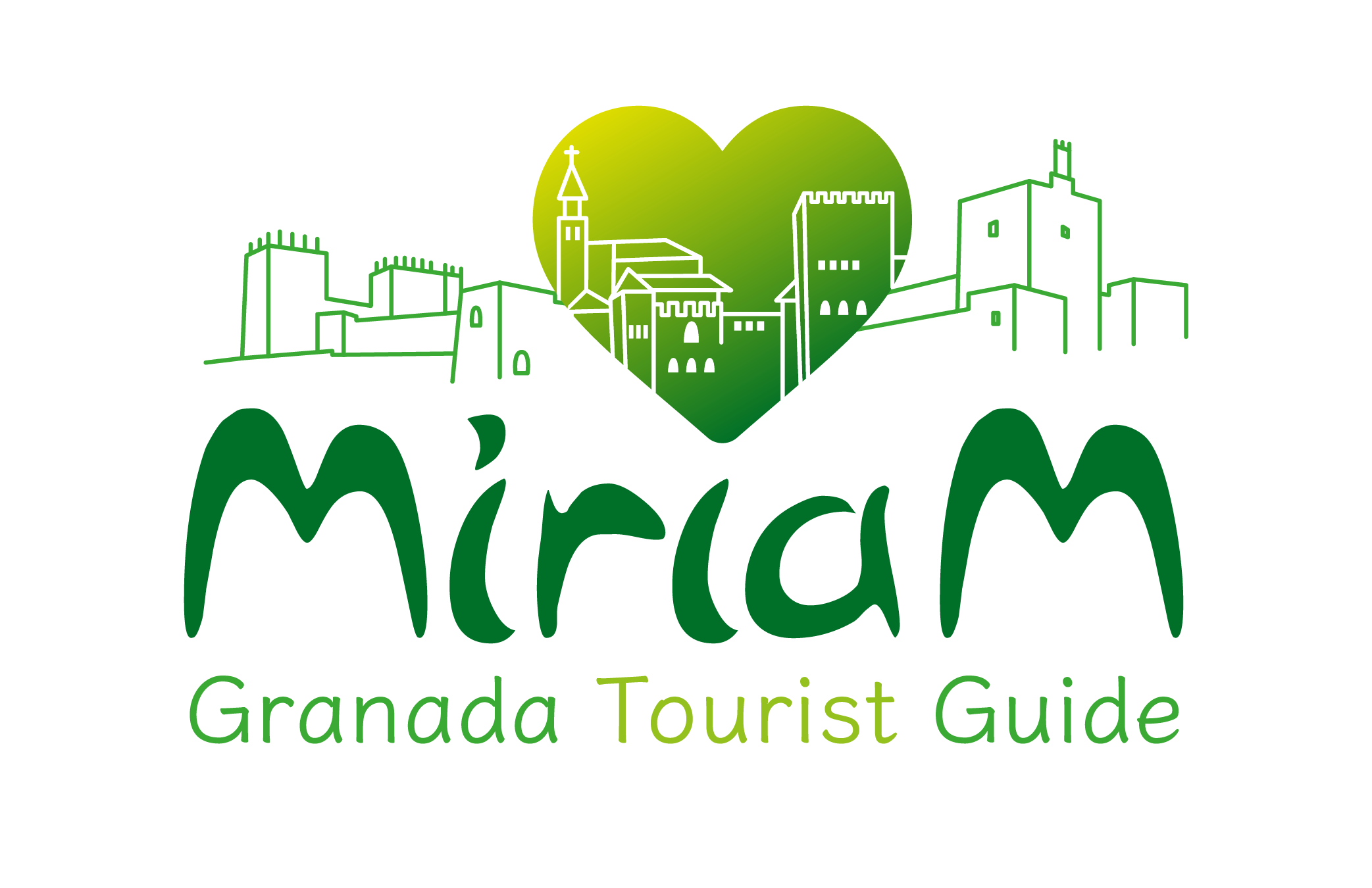

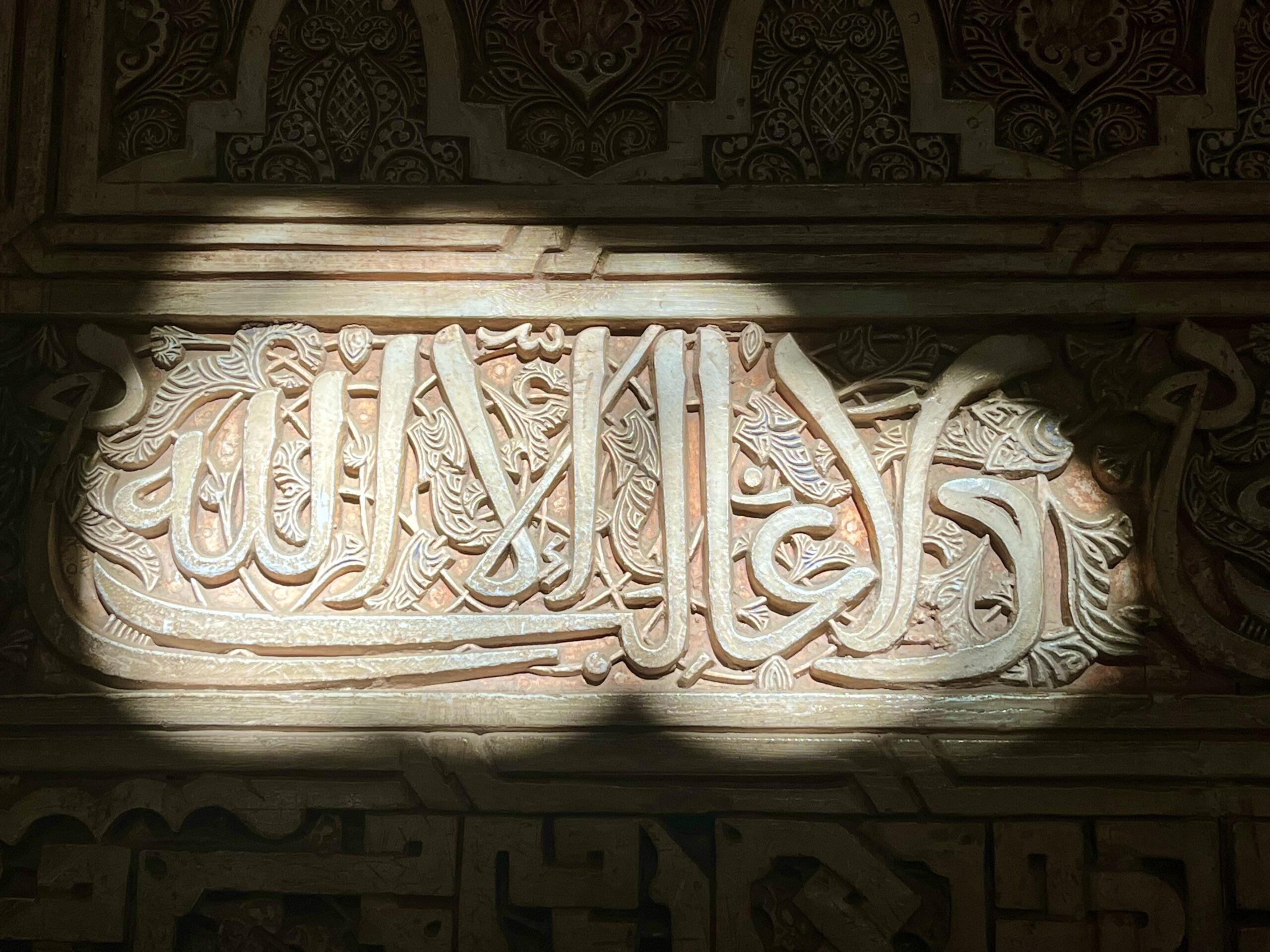

Comment (0)